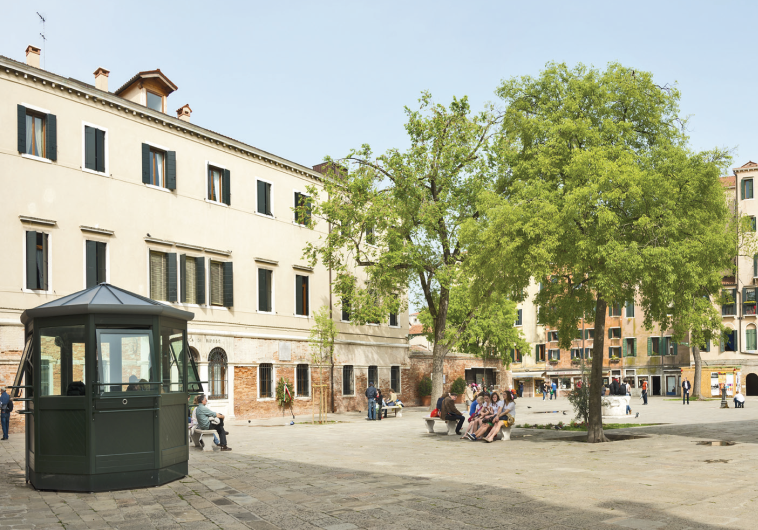‘Shylock’ on stage in Venice Jewish ghetto
400 years after Shakespeare’s death and 500 since Venetian Jews’ confinement, ‘The Merchant of Venice’ is set for its historic premiere this summer.
 PEOPLE WALK through the main square of the Venetian Ghetto.(photo credit: Wikimedia Commons)ByGEORGE MEDOVOY SPECIAL TO THE JERUSALEM POST
PEOPLE WALK through the main square of the Venetian Ghetto.(photo credit: Wikimedia Commons)ByGEORGE MEDOVOY SPECIAL TO THE JERUSALEM POST